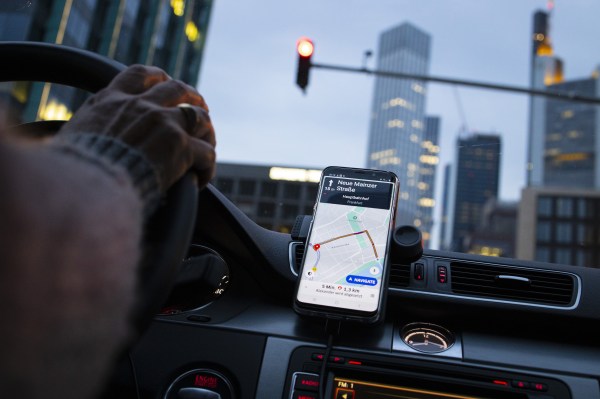Uber is testing Pool Chance, a feature that lets riders heading in the same direction share the cost of the journey, in Kenya, with plans to roll out the low-cost service to Ghana and Nigeria. TechCrunch discovered the option when booking a car in Nairobi, Kenya. An Uber spokesperson later confirmed it was part of a pilot (beta version) of the service that it plans to roll out more widely, pending the outcome of the smaller test.
The new service, being introduced for the first time in Africa, is similar to UberPool launched in the San Francisco Bay Area in 2014 and later introduced in multiple cities across the world. The low-cost popular service remains suspended in many regions including the U.S. and Canada due to COVID-19 restrictions, but it seems the technology firm is slowly bringing it back in some markets and introducing it where it was unavailable before. Uber said the two products share a similar concept but are not identical, without offering further details.
However, this thread in an Uber drivers’ forum describes the difference like this. Pool Chance is just that: You have a chance of getting a discounted ride if the driver picks up other riders; otherwise you pay the regular fees you’d pay for an individual ride. UberPool negotiates a specific carpool rate for the rider regardless of who else gets into the vehicle.
The Pool Chance trip option is available on the budget service, Chap Chap in Nairobi; in the populous Nigerian city of Lagos and Ghana’s capital Accra, it will be accessible on the UberX category.
“We are currently trialling a new Uber ride, Pool Chance, which will cut costs for riders in Nairobi (Kenya) when they share their ride with others heading in the same direction,” Uber’s head of communications for East and West Africa, Lorraine Ondoru, told TechCrunch.
“We use this approach when introducing something new and we want to ensure the marketplace remains healthy and balanced. We will share more details once this has been officially launched,” she added.
In April, Uber launched Pool Chance in Auckland, New Zealand after introducing it in Kyiv, Ukraine in October last year. They also switched back on the low-cost ride-share service in Australia’s Sydney and Perth cities earlier in the year, and thereafter launched Pool Chance in Adelaide.
Uber says on the app that Pool Chance will bring the cost of rides down by up to 30%, further making its trips more affordable to riders.
“Affordable shared rides can mean more riders using the app, which can lead to more trips, less downtime and more overall earnings for you,” Uber said about the new service, in a message to its drivers, in the three African countries.
Uber is available in eight markets across Africa including Egypt, South Africa, Uganda, Tanzania and Morocco.
Across the continent, it has over the last few months expanded and introduced new products in its new strategy to retain its customers and attract new ones amidst growing competition from rivals like Bolt, the Estonian-based ride-hailing firm.
Earlier this month, Uber expanded to two additional cities in Nigeria — Ibadan and Port Harcourt — bringing into the regions a service that is already available in three other cities.
In South Africa, it also expanded its reach by nine cities this year and introduced its premium service dubbed Uber Comfort to be offered alongside UberX, UberBlack and the budget service, UberGo. It also added a feature that allows booking of a trip a month in advance in August, a service that was already available in other markets across the world.
Uber’s plan to introduce the fare-splitting service in markets across Africa comes after it said in a recent report that “ride-sharing will likely play an increasingly important role within the public transportation mix in the next 3-5 years.”
The company added that while bus and rail transportation will remain core to public transportation due to their ability to transport large numbers of people, they will be complemented by microtransit, ride-sharing and micromobility means.
“The addition of new modes with a variable cost structure like ride-sharing and the proliferation of on-demand services will unlock new optimums of efficiency and lower cost structures for public transportation agencies,” said Uber.
This, it said, will go toward ensuring and improving “the equity, accessibility, resilience and flexibility of their networks.”
Through Uber Transit, a division serving public transportation, and Routematch, a company they bought last year that provides software to transit agencies, it said in the report that it’s providing new tools to help agencies to operate more efficiently and offer support to its riders too.
Since the establishment of Uber Transit in 2015, the tech firm has rolled out services in regions across the world that go toward making public transport seamless.
In early 2019, it launched an Uber in-app service that enables riders in Denver to plan their journeys and purchase tickets, and offered software to power public transportation after partnering with Marin Transit, in California.
In September last year it launched “Uber and Transit” in some markets — an in-app feature that makes it possible for riders to use the ride-hailing service to combine trips with other public transportation means like trains and buses.
